Equity for Young Dual Language Learners: Recommendations & Resources
May 4, 2023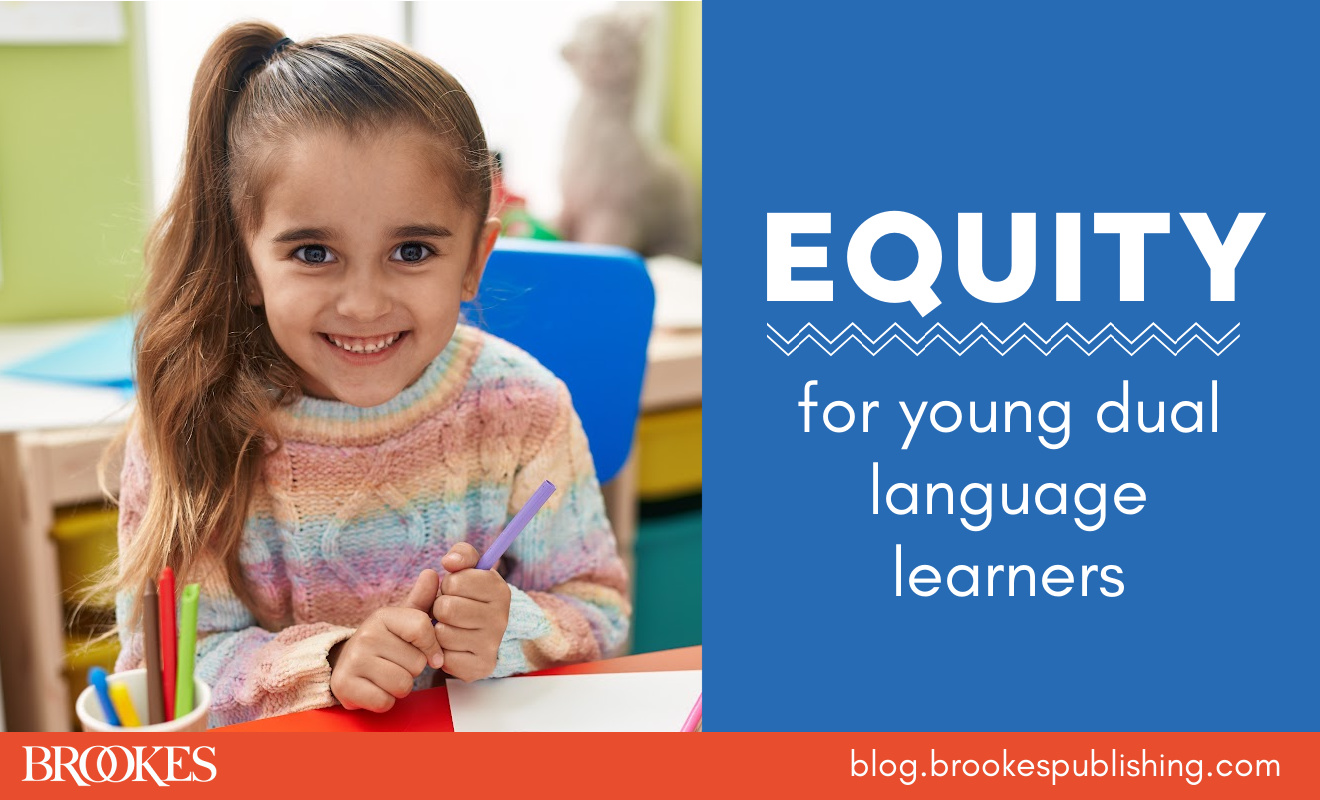
The number of dual language learners (DLLs) in early childhood classrooms is expanding every year. Programs serving these children must be ready to promote their age-appropriate progress in language development—and ensure that they have equal access to the curriculum.
Federal legislation and position statements from leading early childhood organizations offer clear guidelines for supporting DLLs. In today’s post, we outline some top priorities derived from today’s laws and standards, and offer some recommended resources that can help your program advance equity for young dual language learners.
Conduct high-quality screening & assessment
Screening is fundamental to equitable educational experiences for young DLLs. In their joint Policy Statement on Supporting the Development of Children Who Are Dual Language Learners in Early Childhood Programs, the U.S. Department of Health and Human Services and the U.S. Department Of Education outline the federal laws that apply to serving young DLLs and their families. The Head Start Act, for example, “requires programs to develop procedures for identifying children who are DLLs [and] ensure that they progress in their development and learning, including English language development.”
RECOMMENDED SCREENER:
Quick Interactive Language Screener™: English–Spanish (QUILS™: ES)
By Aquiles Iglesias, Jill de Villiers, Roberta Michnick Golinkoff, Kathryn Hirsh-Pasek, & Mary Sweig Wilson
One of the best ways to determine if young bilingual children are making age-appropriate language progress is to use QUILS: ES, a web-based, game-like screener for probing the language skills of English–Spanish bilingual children from ages 3 through 5. To give an accurate, comprehensive picture of the skills of bilingual children, QUILS: ES consists of separate English and Spanish sections, both carefully developed to reflect variability in grammar rules and word meanings across both languages.
Assessment that reliably separates language disorders from delayed English acquisition is equally important. The DEC position statement: Family Culture, Values, and Language (September 2010) states that standardized assessments must be “reliable and valid for the population with whom they are being used,” that interviews with family and service providers help ensure a more accurate understanding of the family and the child’s competencies, and that programs must be careful that “children are not assumed to have a disability if they have greater proficiency in their home language than in English.”
RECOMMENDED ASSESSMENT:
Bilingual English–Spanish Assessment™ (BESA™)
By Elizabeth D. Peña, Vera F. Gutiérrez-Clellen, Aquiles Iglesias, Brian A. Goldstein, & Lisa M. Bedore
BESA is a valid, reliable assessment that specifically responds to the needs of young Spanish–English bilingual children. For use with children ages 4–6, BESA was developed to identify phonological and/or language impairment in bilingual children using a standardized protocol—and differentiate between a delay in English language acquisition and a true language disorder. Through a combination of subtests for students and surveys that gather critical insights from teachers and parents, BESA reveals the big picture of a young bilingual child’s language development.
Systematically teach language and literacy fundamentals
To learn the key components of language and literacy, DLLs need explicit and systematic instruction that helps their skills flourish in both languages. The Head Start Early Learning Outcomes Framework specifies that “programs must promote language and literacy goals for all children. Children who are dual language learners need intentional support for the development of their home language as well as for English acquisition.”
RECOMMENDED RESOURCES:
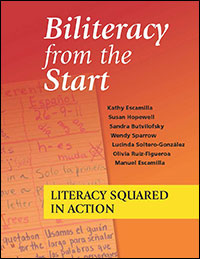 Biliteracy from the Start
Biliteracy from the Start
Literacy Squared in Action
By Kathy Escamilla, Susan Hopewell, Sandra Butvilofsky, Wendy Sparrow, Lucinda Soltero-González, Manuel Escamilla
Discover how to plan, implement, monitor, and strengthen biliteracy instruction that builds on students’ linguistic resources in two languages, beginning in kindergarten. Teachers will learn to develop holistic biliteracy instruction units, lesson plans, and assessments that place Spanish and English side by side.
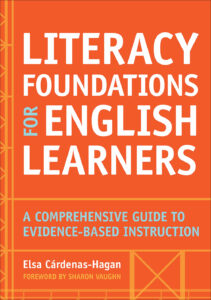 Literacy Foundations for English Learners
Literacy Foundations for English Learners
A Comprehensive Guide to Evidence-Based Instruction
Edited by Elsa Cárdenas-Hagan
Aligned with IDA’s Knowledge and Practice Standards, this book prepares educators to teach English learners the key components of language and literacy, as first described in the National Literacy Panel report.
Ensure inclusion and equal access to education
In their position statement Family Culture, Values, and Language, DEC affirms its belief in the use of “respectful, responsive, and evidence‐based practices…[to] ensure that children and families from culturally and linguistically diverse backgrounds have equal access to educational services and learning opportunities. Equally important is that access occurs without diversity being viewed from a deficit perspective.”
RECOMMENDED RESOURCES:
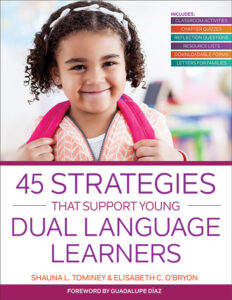 45 Strategies That Support Young Dual Language Learners
45 Strategies That Support Young Dual Language Learners
By Shauna L. Tominey & Elisabeth C. O’Bryon
Foster inclusive early childhood classrooms and prevent achievement gaps for dual language learners. Topics include creating a diverse classroom community, using culturally responsive classroom management practices, and making learning activities accessible to children of all cultural backgrounds.
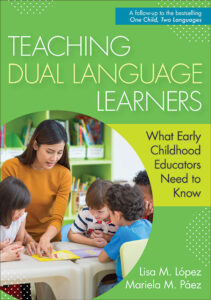 Teaching Dual Language Learners
Teaching Dual Language Learners
What Early Childhood Educators Need to Know
By Lisa M. López & Mariela Páez
Connect research to practice with this concise book on including, teaching, and engaging children from different cultural and linguistic backgrounds. You’ll get reliable research plus real-world guidance on the best instructional and assessment practices to integrate into your inclusive classroom.
Partner with families
Keeping families engaged and involved in their child’s education will help children flourish inside and outside the classroom. Under Title VI of the Civil Rights Act of 1964 and its Implementing Regulations (Title VI), school districts and states have an obligation to ensure meaningful communication with parents in a language they can understand and to ensure that English learners can meaningfully participate in programs and services.
RECOMMENDED RESOURCES:
The following books include dedicated chapters on building strong partnerships with diverse families:
Teaching Dual Language Learners (Chapter 2: Working with Families)
45 Strategies That Support Young Dual Language Learners (Chapter 9: Engaging Families from Diverse Backgrounds)
Young Dual Language Learners (Chapter 6: Working Effectively with Families, the Community, and Volunteers)
Create change through transformative leadership
Implementing the priorities above may require organizational change. Transformation at this level starts with administrators and directors who lead with equity in mind. The books below answer pressing questions for leaders in early education and offer real-world examples.
RECOMMENDED RESOURCES:
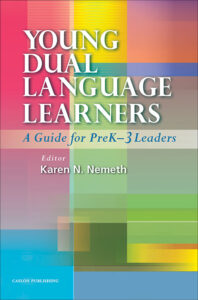 Young Dual Language Learners
Young Dual Language Learners
By Karen Nemeth
Get clear and concise responses to critical questions that early childhood education administrators and preschool directors are asking. Over 70 questions and expert responses offer research-based recommendations and strategies for educating young DLLs in early childhood programs.
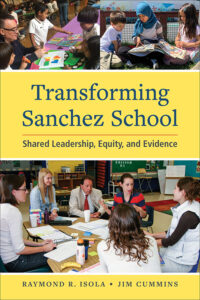 Transforming Sanchez School
Transforming Sanchez School
Shared Leadership, Equity, and Evidence
By Raymond R. Isola & Jim Cummins
This book is the result of a 20-year collaboration between a school principal and an educational researcher. Together, they document how the Sanchez Elementary School implemented evidence-based instruction to transform the learning experiences of students from a low-income, linguistically diverse community.
We hope the priorities outlined in this post—and the recommended resources—will help guide your support for the DLLs in your program and promote equity for all young children. For more practical guidance from top experts, explore the books in the Caslon Multilingual Program at Brookes.

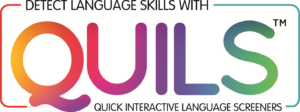
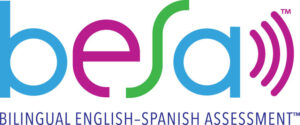
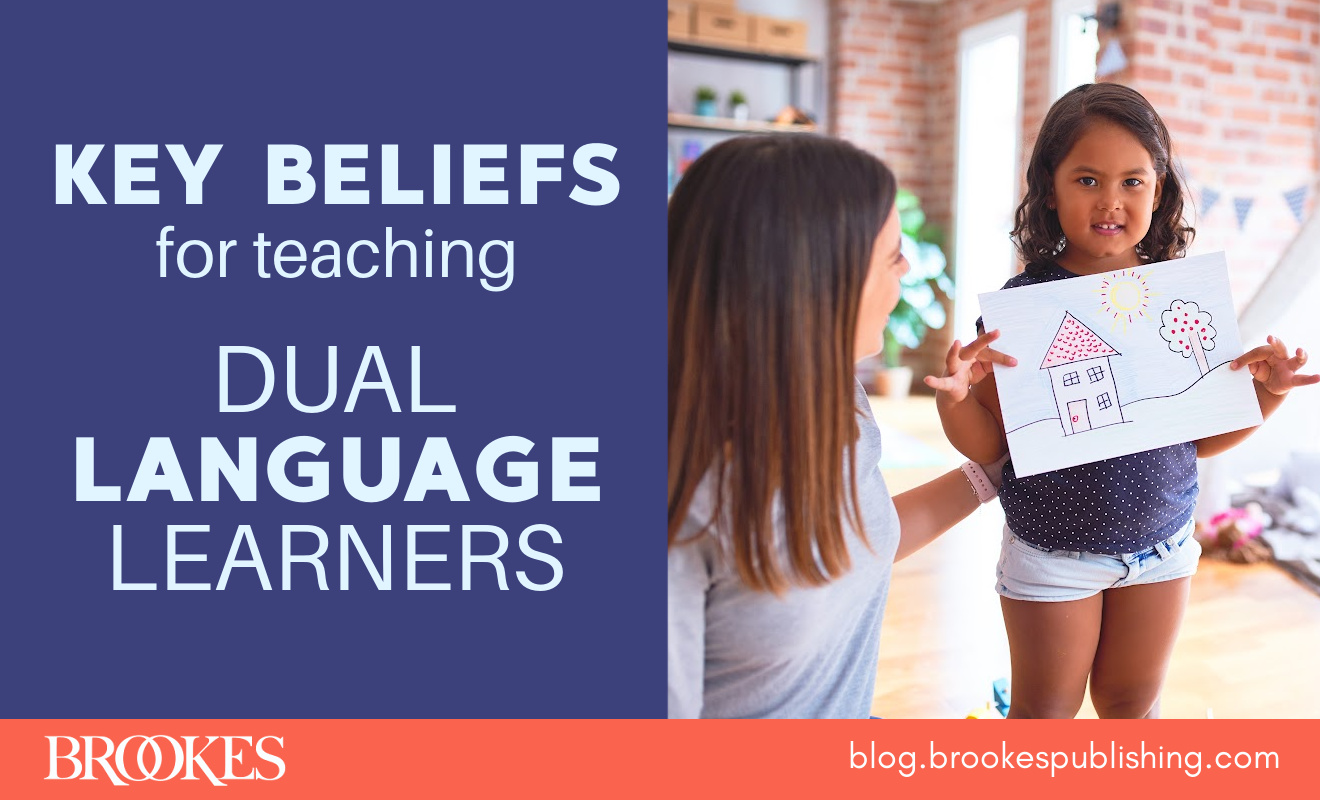
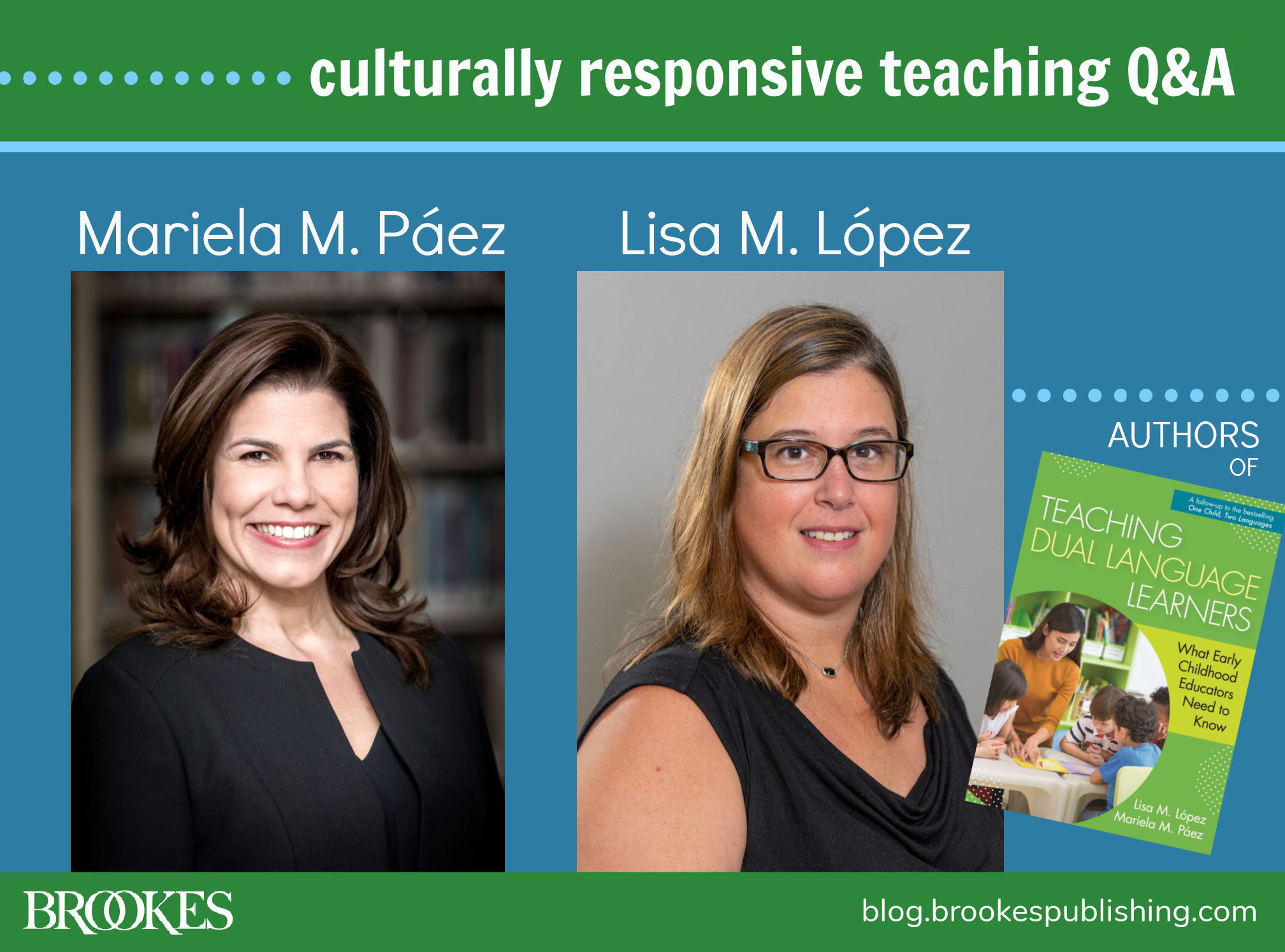
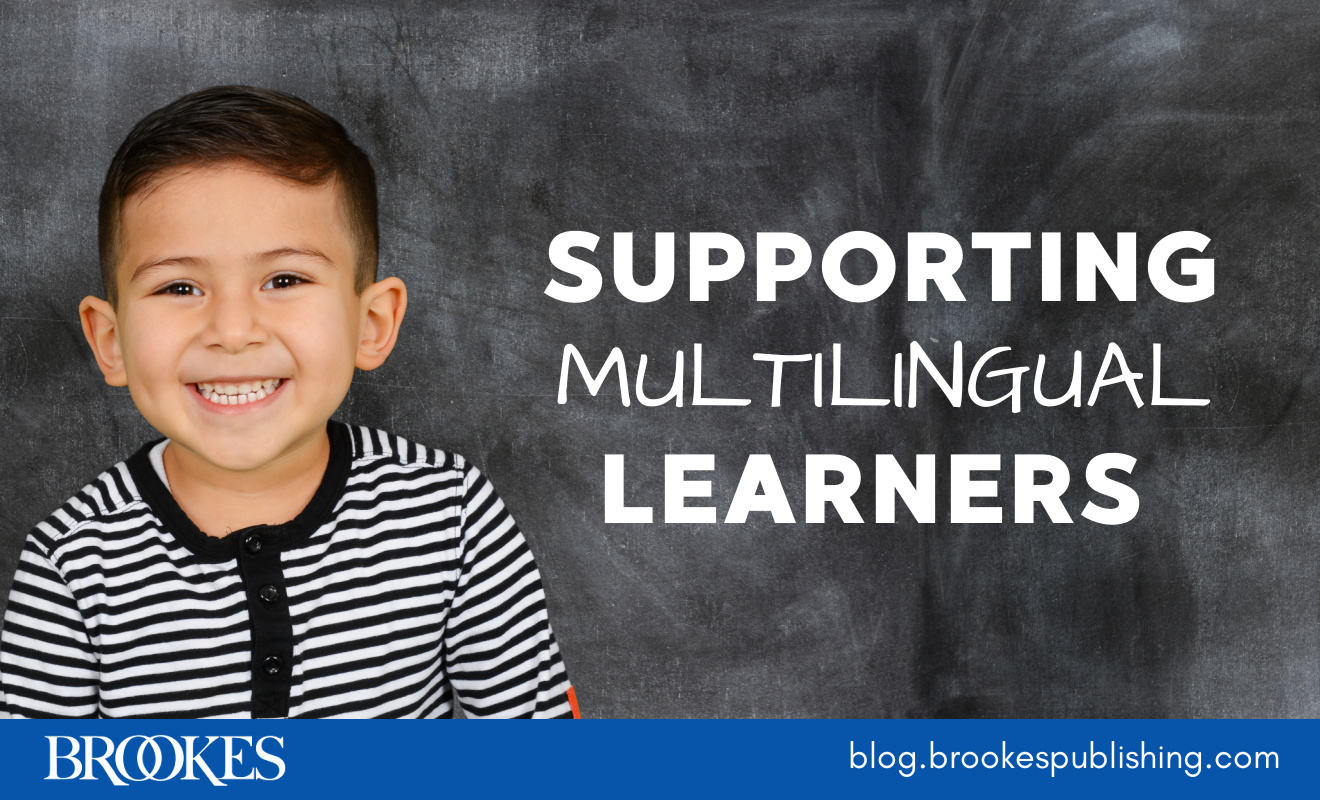
Write a Comment
Your email address will not be published. Required fields are marked *
Post a Comment